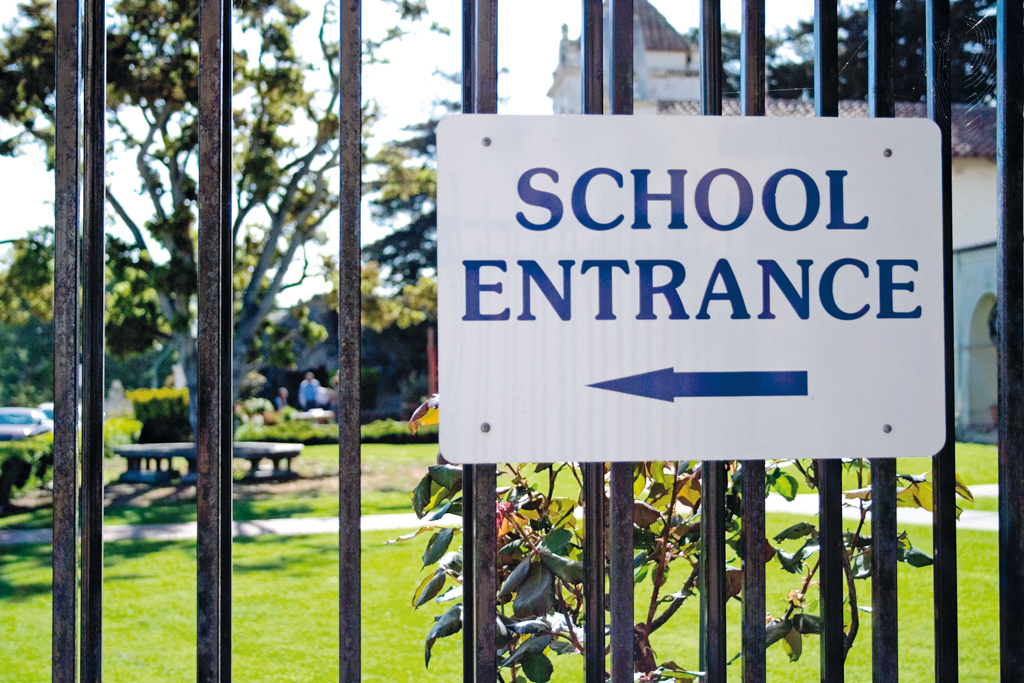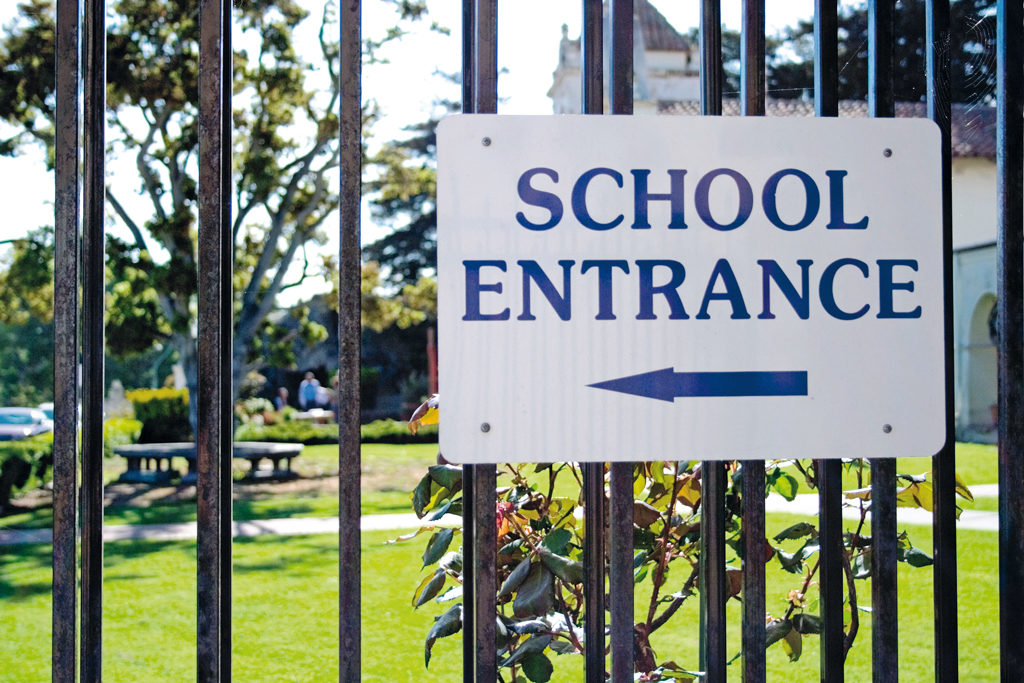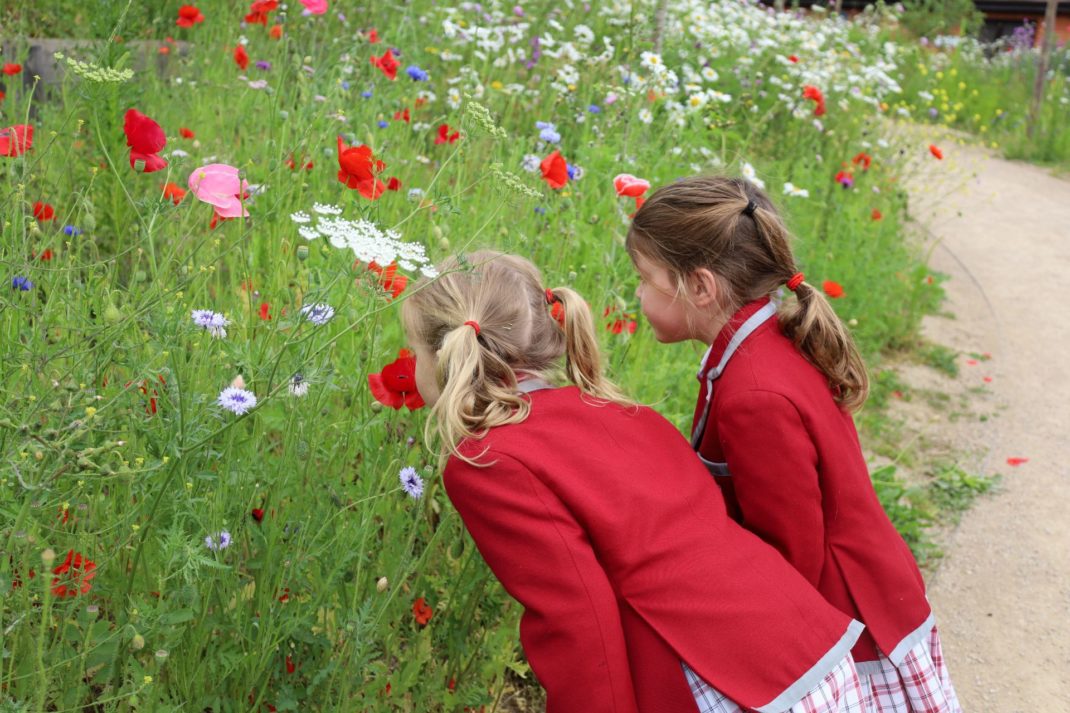All Change: the Future of Independent School Entrance Procedures
By
6 years ago

Andrew Halls, headmaster of King’s College School, Wimbledon explains how London schools are updating the entrance process

Since 1904 the Common Entrance Examination (CEE) has been a kind of sorting hat for boys in their final year at traditional prep schools; its results dictated whether they were a Hufflepuff to be sent off to a cheery all-rounder’s boarding school in the depths of rural England, or perhaps a Slytherin. Only the most renowned and historic schools will do for them!
It is quite something that it has lasted so long – tests in Latin, French, maths and English are all part of its Edwardian origins and in some ways seem barely changed. I found a copy of the 1922 Common Entrance papers recently and the test for English composition began with the title, ‘write a piece about a place you know well…’ It could have been from 2018 or indeed any other year.
But the independent school landscape is changing. Most girls already move school at the age of 11 – as do virtually all children educated in state schools. Over the last decade or so, as more and more boys’ and co-ed schools have moved the focus to a year six pre-test and offered their places at 11+, so the currency of the CEE has declined. Taught well, it is a good exam that rewards breadth and commitment; taught badly, it leaves boys exhausted and bored by two years of repetitive slog.

Schools are rapidly adapting to reflect the times we live in. Some prep schools have closed down their top two years and now send both boys and girls to senior schools at the age of 11. Others are telling us they will pick and mix from the CEE options or even abandon the exam altogether to teach a curriculum of their own making. A handful of senior schools have announced that they are no longer interested in the CEE scores achieved by pupils they have already offered to following their own pre-tests.
Although some prep schools that prepare boys mainly for senior day schools are jettisoning their last two years, others are seeking to preserve them by extending their provision all the way through to GCSE or even A-level.
At King’s we have made significant changes to reflect this volatile market, responding to a moral need too. In 2016, for the first time in nearly 200
years, we accepted our first intake of 11-year-olds straight into the senior school. We opened a new lower school, which proved incredibly popular from its very first day. Over 420 boys are registered for the spring 11+ and from these we hope to take up to 60 boys in three classes. They will have the benefit of being looked after within our dedicated lower school, where every boy is in year 7 or 8, but with all the advantage of the playing fields, facilities and outstanding teaching of one of the best senior schools in the world.
We are now open not only to boys from the growing number of 11+ prep schools, but to those from state primaries for whom, in the past, King’s was effectively a locked fortress. Now, half of our candidates at 11+ are from primary schools, and some of these are coming to us on 100 per cent bursaries, funded by the exceptional generosity of school benefactors. At the same time, the 13+ prep schools provide us with about 30 tremendous young men in year nine, where everyone – from our lower school, our separate junior school, and the 13+ prep schools – gets mixed together to become, simply, King’s boys.
This article was originally published in School House Magazine Spring/Summer in March 2019.
READ MORE: Is Music an Important School Subject? | Best British Schools for Music



